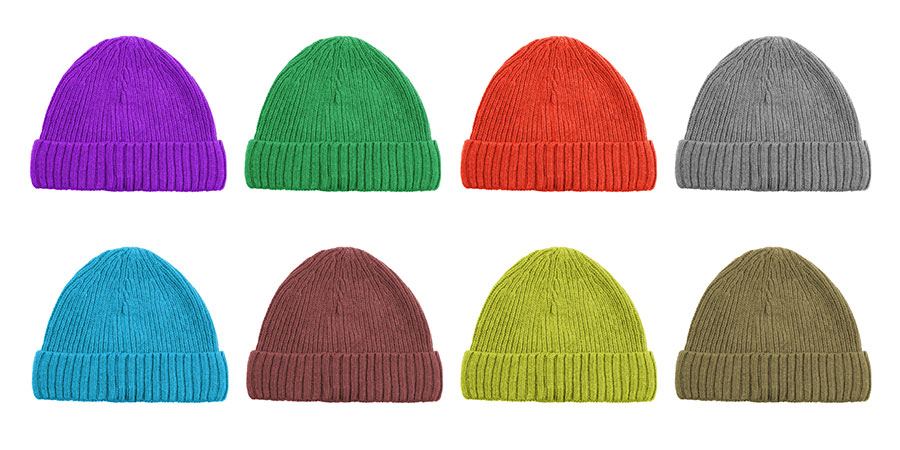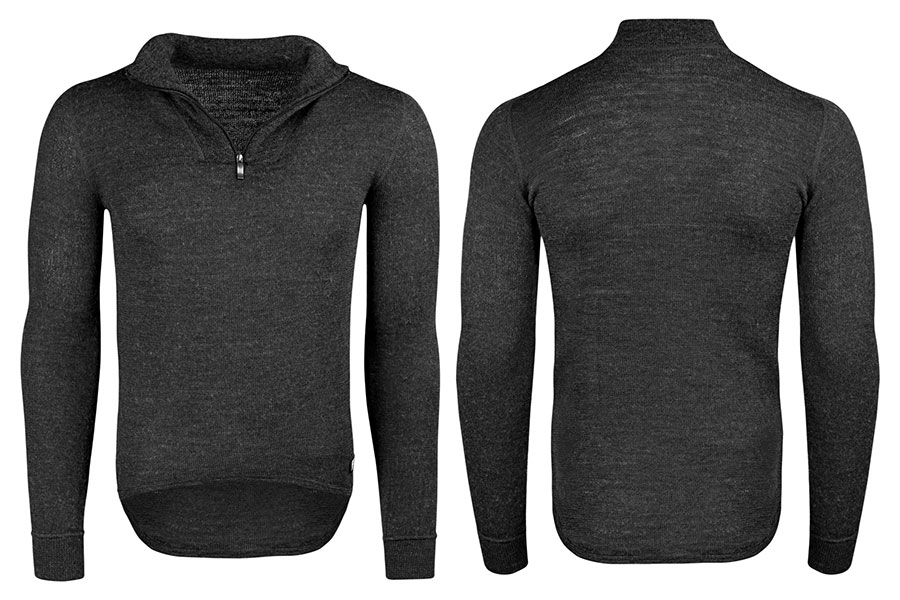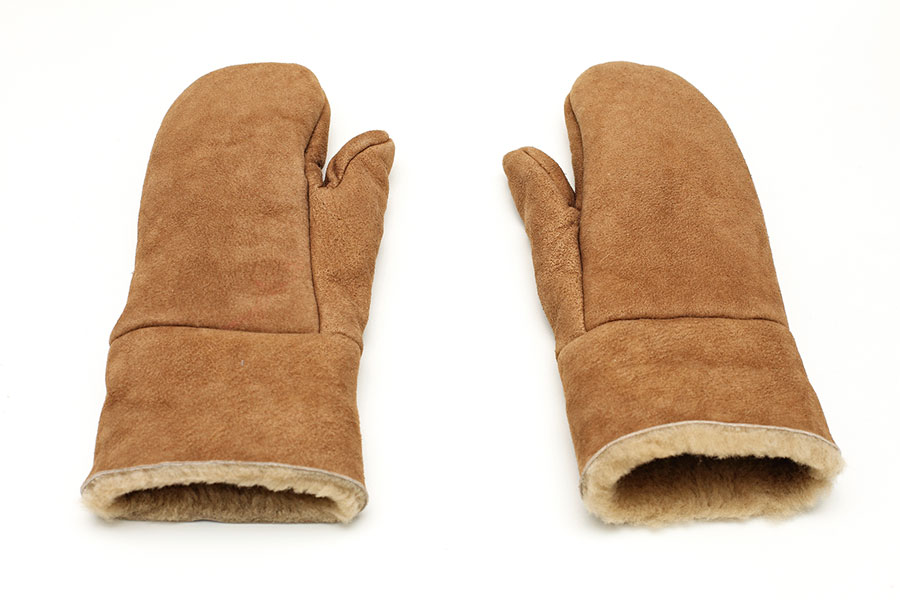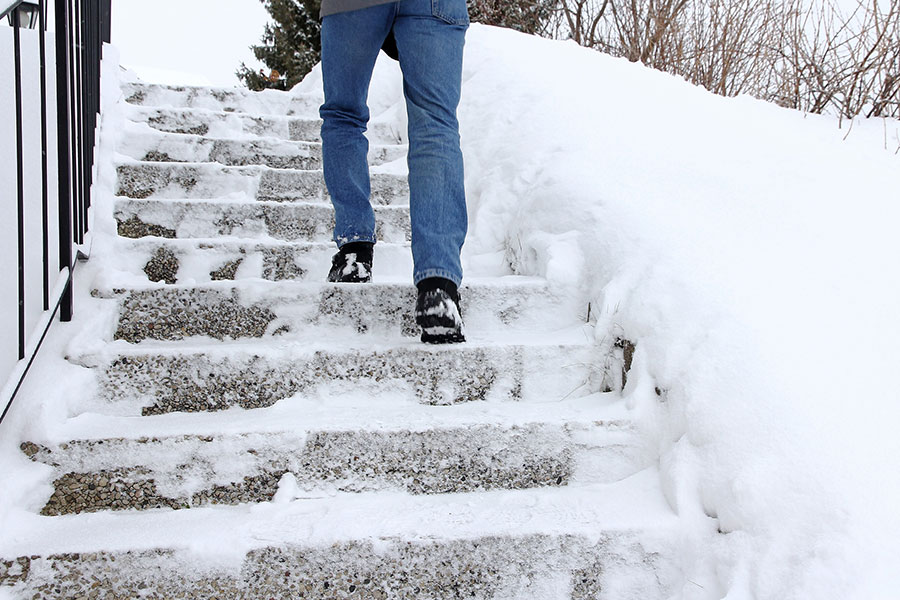When staying inside isn’t an option
The more sensitive among us might marvel that Nicole Mahoney (Ironworker ’06) stayed with her trade following her first day.
In January 2004, she was working on the construction of a bridge on Edmonton’s Anthony Henday Drive. “It was -60 C with the wind chill,” she recalls. “I was like, ‘Oh God, what did I get myself into?’”
As it turns out, she got herself into a career that would eventually lead her to a position as a NAIT instructor, where she now teaches students how to stay warm while working a trade that takes place almost entirely outdoors, year-round.
At times when skin can freeze in minutes, those skills apply to anyone who might be walking across a bridge, let alone working on one. From head to toe, here’s Mahoney’s advice for making it safely to the other side and straight on into springtime.
From the neck up

That toques are de rigueur goes almost without saying, except to say that they’re better than hoods, which can restrict peripheral vision, says Mahoney.
Mahoney likes turtlenecks or neck tubes that she can tuck into a shirt or pull up over her face. Keep an eye on the thin tissue over your cheekbones, which can freeze quickly.
“I've seen that happen to my own face," she says. "It gets white and waxy.”
Body, arms and legs

If you bundle up like the Michelin Man, you won’t be able to move very well or quickly (more on that later), so Mahoney recommends layers. And not just any layers. Start with merino wool.
“Mother Nature knew what she was doing when she made that,” she says.
Thin and light, merino wool keeps the body warm while wicking away sweat that could cool it off. (For her profession, where sparks might occasionally fly, she prefers natural fibres to synthetic, which can melt.)
To keep heat from escaping, she tucks a shirt made from the material into long johns made from the same.
“I was never a fan of one-piece long johns."
“I was never a fan of one-piece long johns because it’s just way too much effort for a woman to get out of them to use the bathroom.”
Over that, she layers a loose-fitting sweater, pants and a vest. “That is [good to] about - 20,” she says. If needed, she’ll cover the works with bib overalls.
Hands and feet

Thin polypropylene gloves under leather mitts keep Mahoney’s fingers warm should she need to briefly remove the latter, which otherwise hold a pocket of warm air around the digits.
For her feet, she sticks with merino wool socks as a base beneath another pair, often also made of wool. Since she finds that her feet can actually warm up the snow she stands in, she’ll use overshoes on her boots to prevent moisture from entering.
For extra warmth, Mahoney recommends self-heating hot packs as needed but points out that they need oxygen to work. They might disappoint when used in boots.
Keep moving

“The moment you stop moving is the moment you get cold,” says Mahoney. Try not to lean on anything that might sap warmth from you, she adds, such as metal – “which is a little harder as an ironworker.”
Look out for, and after, yourself

You have to be tough to work outdoors in Alberta but, in addition to stepping out of the cold to warm up as needed, know that it’s OK to pamper yourself. Freezing is only part of the damage that a body can suffer, Mahoney points out. Alberta winters can be tough on the skin.
“I know lots of guys in construction who swear by Oil of Olay facial cream,” she says.
Frostbite versus frostnip
“You can come back from frostnip,” says Mahoney, “but you can't come back from frostbite.”
If the skin begins to look white and waxy, it’s time to get indoors. Warm the area slowly, she says. Armpits and crotches are the warmest place for that to happen.
If frostbite is suspected, meaning tissue below the skin has frozen, “you should seek medical help right away.”